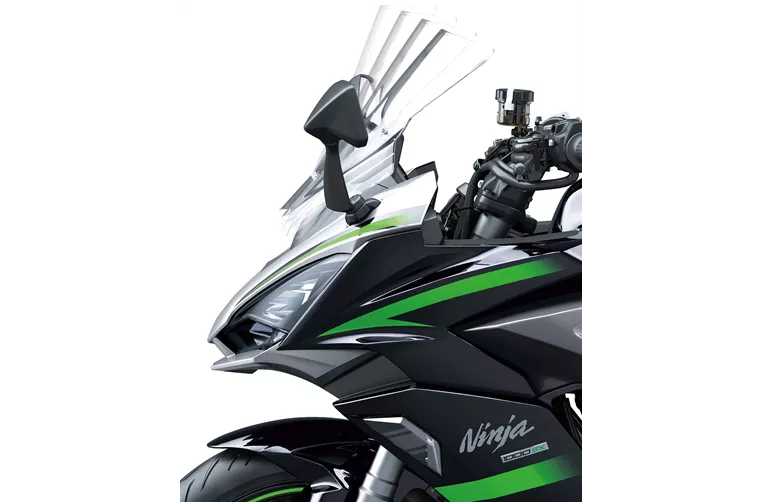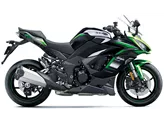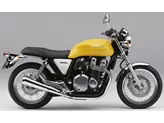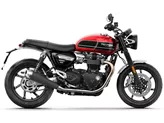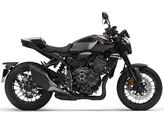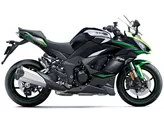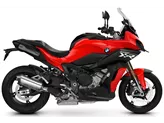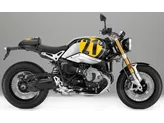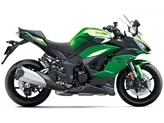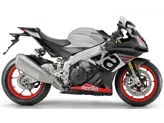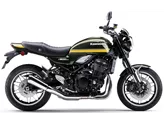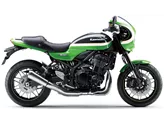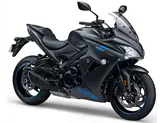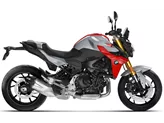Kawasaki Ninja 1000SX 2020 vs. Kawasaki Z900 RS 2018
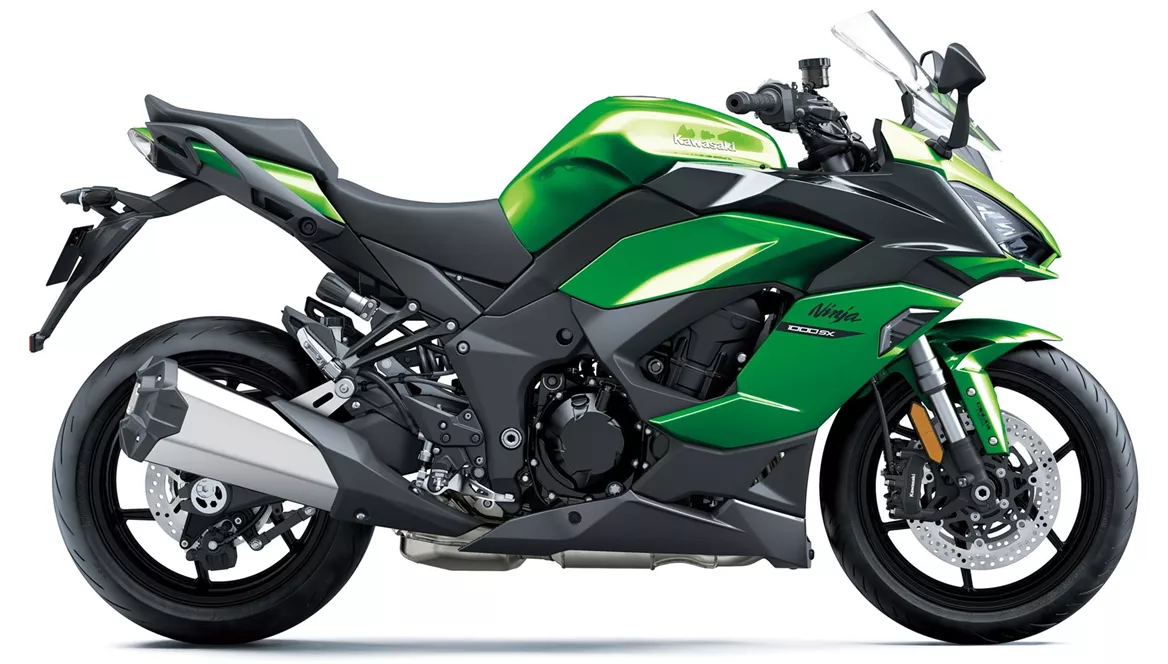
Kawasaki Ninja 1000SX 2020

Kawasaki Z900 RS 2018
Overview - Kawasaki Ninja 1000SX 2020 vs Kawasaki Z900 RS 2018
The Kawasaki Ninja 1000SX 2020 and the Kawasaki Z900 RS 2018 are both impressive motorcycles, each with their own unique strengths and weaknesses.
Starting with the Kawasaki Ninja 1000SX 2020, it boasts a powerful and refined engine with 142 HP and 111 Nm of torque. The engine is fuel-injected and features a 4-stroke configuration. The bike is equipped with a chain transmission and has a liquid cooling system. With a displacement of 1043 ccm, it offers plenty of power for sport touring enthusiasts.
In terms of suspension, the Ninja 1000SX features an upside-down telescopic fork at the front with a travel of 120 mm. The suspension can be adjusted for compression, preload, and rebound. At the rear, it has a swing arm suspension with a monoshock absorber and a travel of 144 mm. Similar to the front suspension, the rear suspension can also be adjusted for compression, preload, and rebound.
The chassis of the Ninja 1000SX is made of aluminum, providing a lightweight yet sturdy frame. The front brakes consist of double disks with a diameter of 300 mm and four pistons. The bike is equipped with advanced rider assistance systems such as ABS, riding modes, cornering ABS, ride by wire, quickshifter, and traction control.
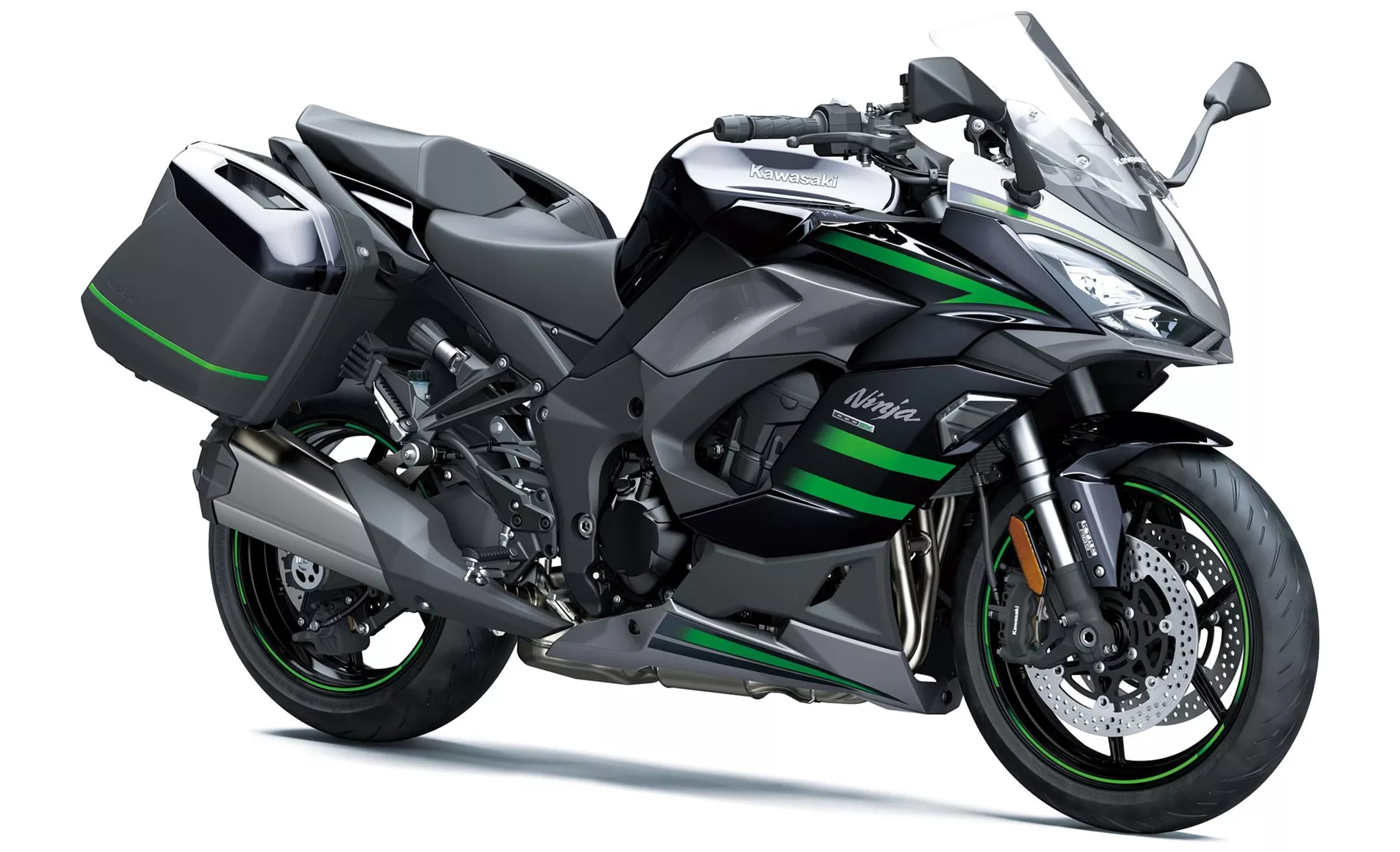
Kawasaki Ninja 1000SX 2020
In terms of dimensions and weights, the Ninja 1000SX has a front tire width of 120 mm and a diameter of 17 inches. The rear tire width is 190 mm with a diameter of 17 inches as well. The wheelbase measures 1440 mm, and the seat height is 834.98 mm. With ABS, the bike weighs 235 kg and has a fuel tank capacity of 19 liters.
Moving on to the Kawasaki Z900 RS 2018, it also features an inline engine with 111 HP and 98.6 Nm of torque. The engine is fuel-injected and has a 4-stroke configuration. Like the Ninja 1000SX, it also has a chain transmission and a liquid cooling system. However, the displacement is slightly lower at 948 ccm.
The Z900 RS has an upside-down telescopic fork at the front with a travel of 120 mm. The front suspension can be adjusted for compression, preload, and rebound. At the rear, it features a swing arm suspension with a monoshock absorber and a travel of 140 mm. The rear suspension can be adjusted for preload and rebound.
The frame of the Z900 RS is made of steel, providing a solid and reliable structure. The front brakes consist of double disks with a diameter of 300 mm and four pistons. The bike is equipped with ABS, ride by wire, and traction control as advanced rider assistance systems.
In terms of dimensions and weights, the Z900 RS has a front tire width of 120 mm and a diameter of 17 inches. The rear tire width is 180 mm with a diameter of 17 inches. The wheelbase measures 1470 mm, and the seat height is 835 mm. With ABS, the bike weighs 215 kg and has a fuel tank capacity of 17 liters.

Kawasaki Z900 RS 2018
In terms of strengths, the Ninja 1000SX 2020 offers a refined and powerful engine, balanced handling, a comfortable chassis, and a sufficiently comfortable seating position. It also has modern looks, good brakes, LED lights all around, a color TFT display, and cruise control as a standard feature.
On the other hand, the Z900 RS 2018 boasts a powerful and smooth engine, good looks, and a comfortable seating position. It is also easy to ride and has balanced handling, making it a great option for riders of all skill levels.
However, the Ninja 1000SX 2020 has a weakness in its windshield adjustment, which can only be done with both hands and without tools. On the other hand, the Z900 RS 2018 lacks a shift assistant and is heavier than other retro bikes in its class. The seat on the Z900 RS is also criticized for being a little too soft on long tours, and it lacks wind protection.
In conclusion, both the Kawasaki Ninja 1000SX 2020 and the Kawasaki Z900 RS 2018 are impressive motorcycles with their own unique features and characteristics. The Ninja 1000SX is more focused on sport touring, offering a powerful engine and advanced rider assistance systems. On the other hand, the Z900 RS is a naked bike with a retro design, providing a powerful and smooth ride. Ultimately, the choice between the two will depend on the rider's preferences and intended use of the motorcycle.
Technical Specifications Kawasaki Ninja 1000SX 2020 compared to Kawasaki Z900 RS 2018
Pros and Cons in comparison
Pros and Cons in comparison
Kawasaki Ninja 1000SX 2020
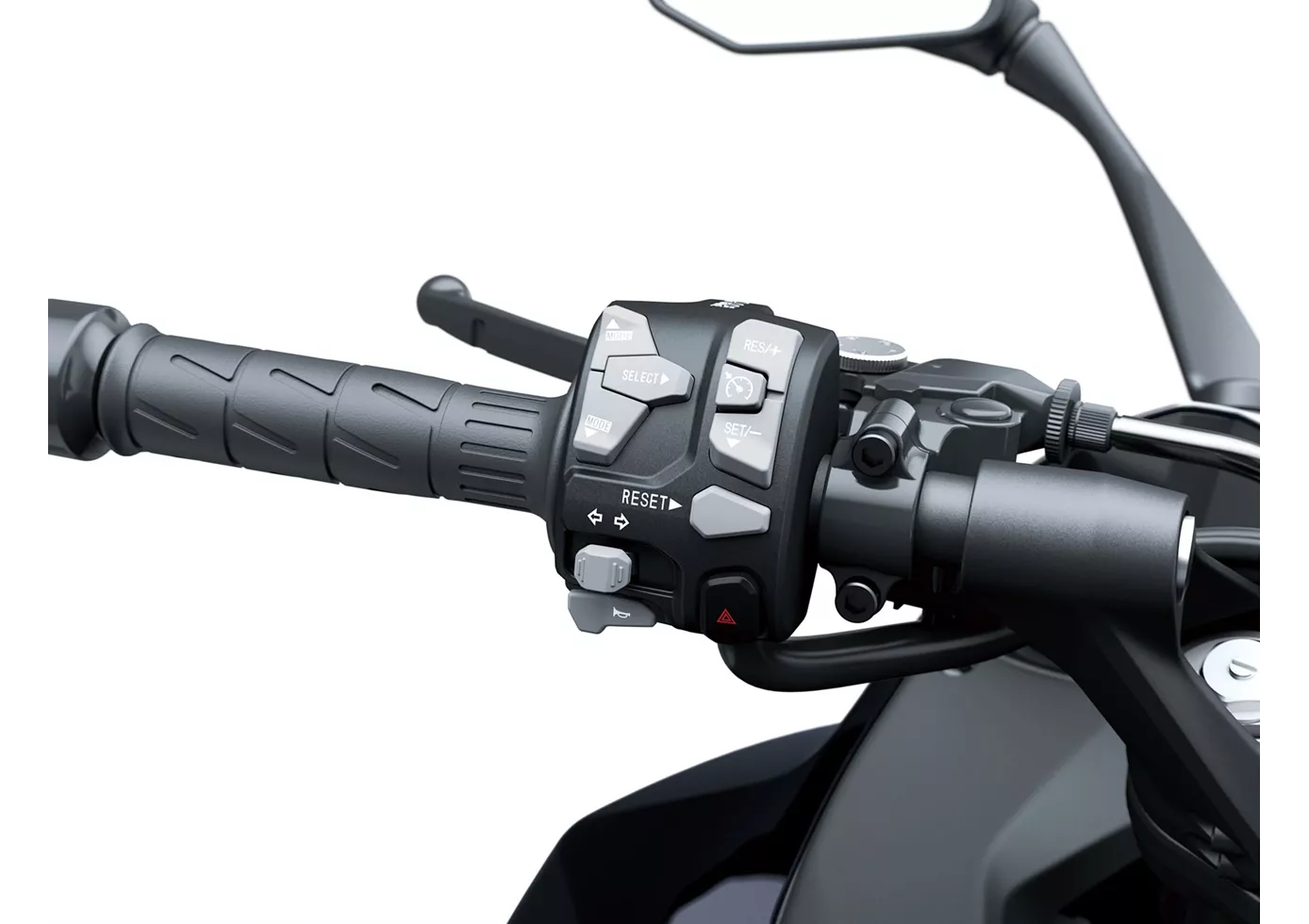
The Kawasaki Ninja 1000SX is more evolution than revolution - but what is the point of reinventing everything in a balanced sports tourer? But the new name is definitely justified, with the many new features made possible by the Ride-by-Wire system, among others, the sports tourer is absolutely up to date. Cornering ABS, modern traction control and riding modes provide safety and adjustment options to personal preferences, the shift assistant favours sport as well as touring. What's more, the price is hot (at least in Austria)!
Kawasaki Z900 RS 2018

Its four-cylinder is silky smooth while delivering enough power to make you grin under your helmet. It is also very easy to move, which should make it a great commuter bike in everyday life and serve as an iconic fun bike at the weekend. The looks find the perfect straddle of classic design and modern details to form a coherent retro package that is also a worthy tribute to Kawasaki history. It's a great naked bike with a snazzy look.
Price Comparison Avarage Market Price Kawasaki Ninja 1000SX vs Kawasaki Z900 RS
There are a few key differences between a Kawasaki Ninja 1000SX 2020 and a Kawasaki Z900 RS 2018. In terms of price, the actual average price of a Kawasaki Z900 RS 2018 is about 4% higher. Compared to Kawasaki Z900 RS 2018 there are less Kawasaki Ninja 1000SX 2020 bikes available on the 1000PS.de Marketplace, specifically 10 compared to 28. It takes less time to sell a Kawasaki Ninja 1000SX with 83 days compared to 154 days for a Kawasaki Z900 RS. Since model year 2020 1000PS.de editors have written 13 reviews for the Kawasaki Ninja 1000SX and 26 reviews for the Kawasaki Z900 RS since model year 2018. The first review for the Kawasaki Ninja 1000SX was published on 11/5/2019 and now has more than 40,500 views. This compares to more than 63,700 views for the first review on Kawasaki Z900 RS published on 9/6/2017.
